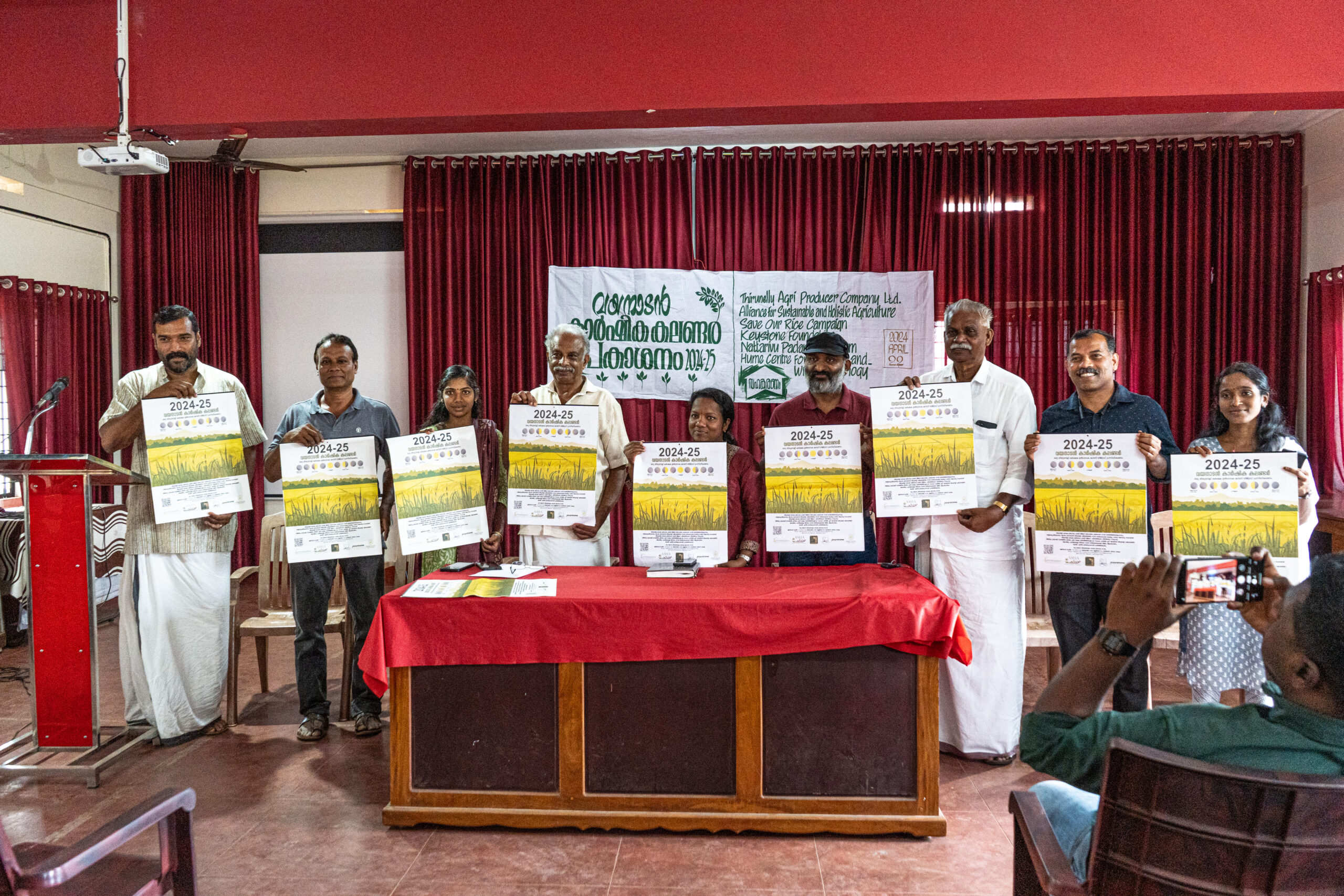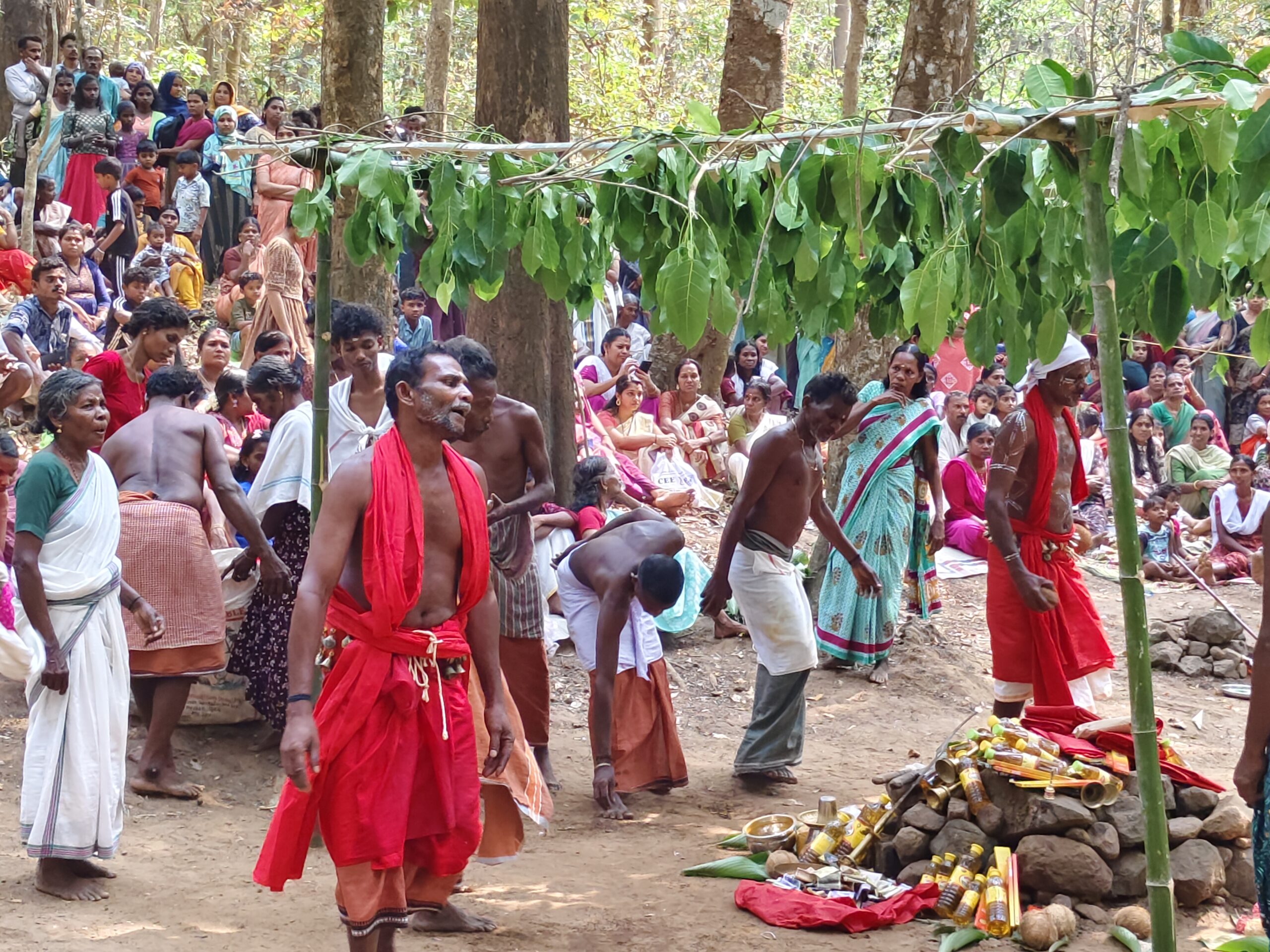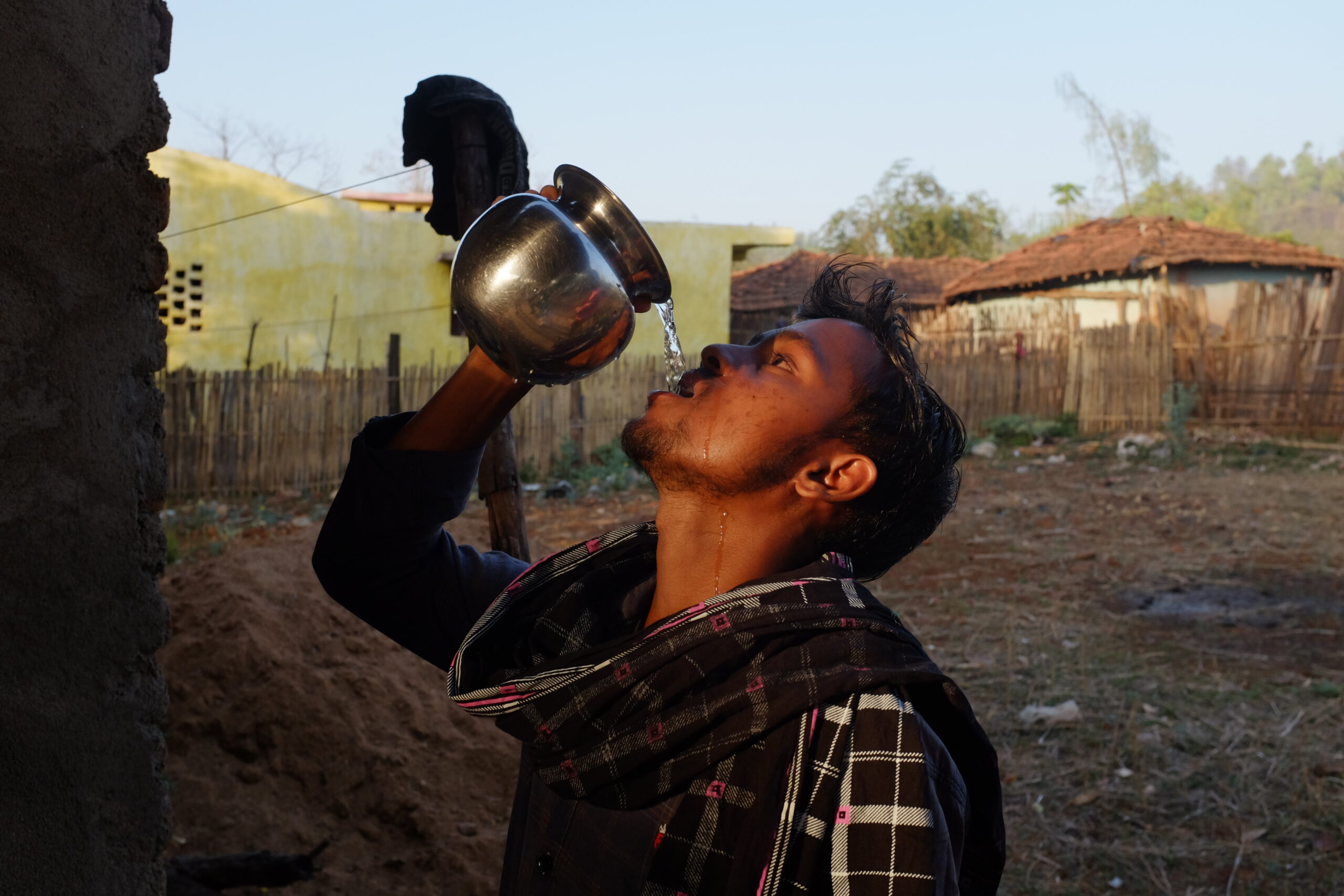May 1, 2024
By Muhammad Rafi
Wayanad is one of the 14 districts of Kerala. Wayanad is also a part of the Western Ghats at an altitude of 700 meters to 2100 meters above sea level and has a different topography compared to other districts of Kerala.
As the name Wayanad, which means land of the paddy fields, suggests, agriculture is the backbone of Wayanad’s economic system. In the second half of the 20th century, people from Southern Kerala and other regions migrated to Wayanad to build themselves sustainable livelihoods. Farmers represent the majority of Wayanad’s population, from migrant farmers who once cultivated gold on the land to tribal communities, such as the Kurichyas, largely depend on agriculture for a living.
Even in Wayanad, surrounded by forests and rich in precious biodiversity, the climate change crisis is very evident, especially in the agricultural sector.
The agriculture of Wayanad has been organized by farmers through decades of observations on the basis of natural phenomena such as rain, wind and atmospheric temperature. Today, all the calculations of farmers in Wayanad are going wrong due to the impact of climate change. Wayanad agriculture, which was based on traditional knowledge and chronology of sowing, reaping and other agricultural activities, is challenged by climate change in such a way that it cannot be tested in the fields on a practical level. New microclimates are continuously forming in places like Wayanad and beyond, making it increasingly difficult to make any sort of predictions for farming patterns in specific areas.
Many of the farmers who usually sowed their fields in June expected monsoons to follow. However, due to rainfall disruption, they sowed their fields in August. Once the harvest season came, farmers harvested their ripening paddy fields. However, after fighting against nature, wild animals, weather crises and economic crises, untimely rains led to huge crop loss, as crops were swept away or left to rot.
This is the recent loss due to climate change in rice cultivation alone. Similarly, the climate crisis faced by those who grow crops like bananas, vegetables, potatoes and other cash crops is unparalleled. When rain, wind and temperature are wrong in their time and quantity and create unimaginable crises for farmers, the only way forward is to adopt alternative means.
In light of this, the farmers and farmer organizations of Wayanad created a new agricultural calendar that incorporates traditional agricultural knowledge with necessary modifications that take changed weather phenomena into account. Separate columns are arranged in this calendar to record the agricultural activities performed by the farmers in each month and to record the observations of the farmers on crops, weather and other matters. Each year, revisions are made in the timings for sowing and harvesting based on the observations of farmers and agricultural organizations from the year before. Therefore, it is clear that the concept of Wayanad Agricultural Calendar can be fully developed and perfected from the sharing of observations and knowledge of farmers.

The 5th edition of the Wayanad Agricultural Calendar has detailed the agricultural activities to be undertaken by the farmers from April 2024 to March 2025. Climate survival agriculture plans to be adopted for each month and actions to be taken by farmers to protect their farm from the ravages of climate change are recorded in the respective months. All the Nhatuvela, Vav and Pakka practices (framing practices based off solar and lunar cycles) that are followed by the farmers of Kerala are marked here, and the agricultural calendar prescribes the activities to be done for crops such as rice, coffee, pepper, vegetable and tuber crops in each month.
We can survive in the agricultural sector only if we adjust our yield and farming method according to the changed climate. This agricultural calendar will pave the way for a new survival in which farming practices can be modified and made profitable according to the changed climate.
Along with sharing new hopes, the efforts of farmer organizations such as Keystone Foundation, Thirunelli Agri Producer Company, Hume Center for Wildlife and Ecology, Save Our Rice Campaign and other traditional farmers who have come forward for this initiative can be judged as the necessity of the times. We are very happy to be a part of the team that has developed an agricultural calendar adapted to Wayanad’s climatic changes, which, although not perfect, is a step forward for climate resilience.

















